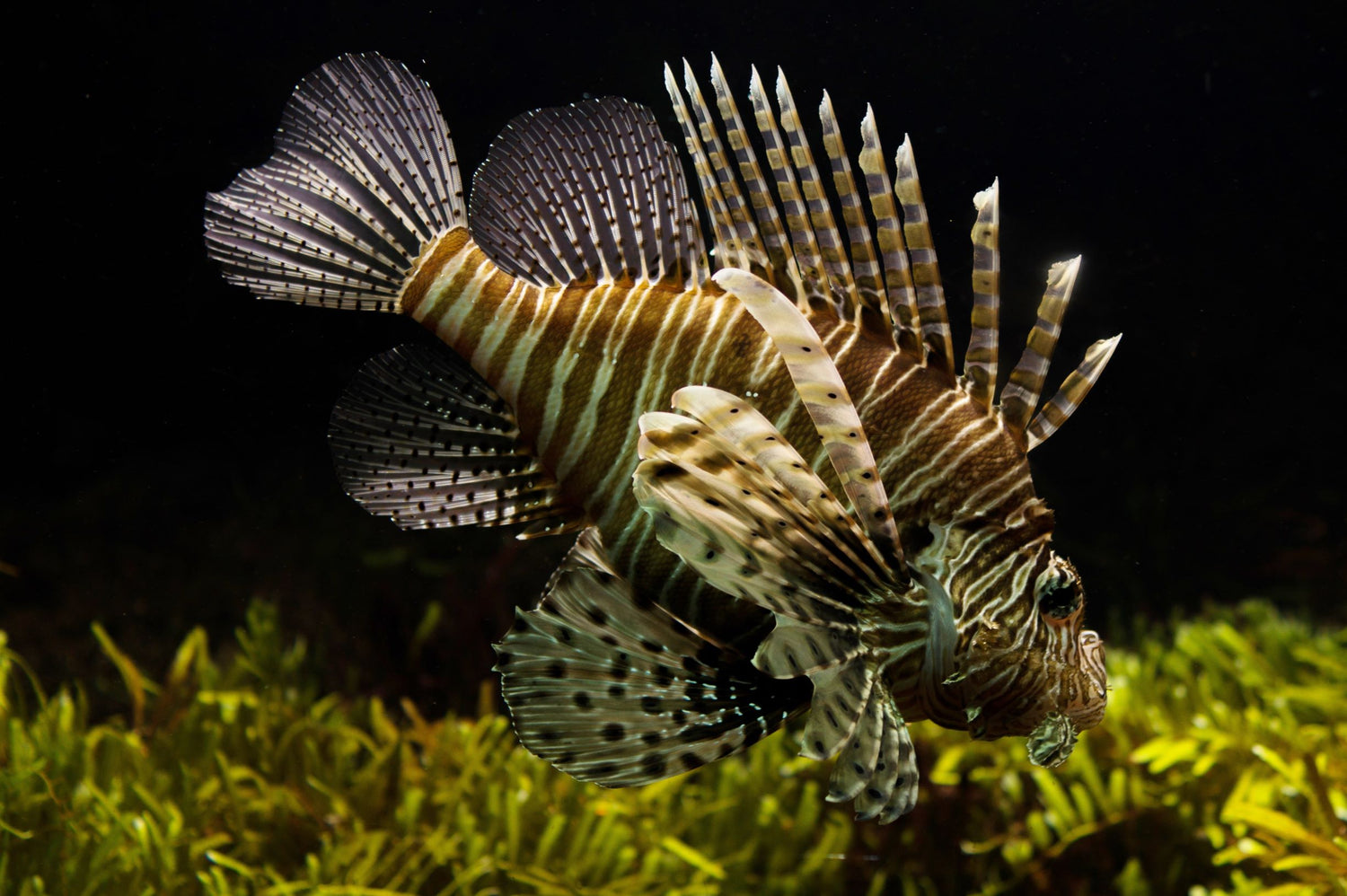
Cleaning Your Aquarium in an Eco-Friendly Way
Aquarium keeping is one of the most popular hobbies in the Western world. Millions of people decorate their homes with expensive and expansive tanks filled with lush plants and colorful creatures. However, as any dedicated aquarium keeper knows, the hobby transcends aesthetics. Aquarium keepers have a moral duty to keep their tanks clean and their occupants happy. And given their commitment to ethical husbandry, many aquarium keepers would be consistent to apply eco-friendly solutions to aquarium maintenance. After all, keeping one’s aquatic animals healthy is only half the battle. The other half is keeping the environment that supplies one’s aquatic animals healthy, which can be aided with a few basic tips.
Buy Eco-Friendly Filters
Some aquarium filters are more eco-friendly than others. Those that are considered eco-friendly tend to require replacement more infrequently than conventional filters, meaning they are less wasteful. Canister filters, for instance, capture and quarantine aquarium debris until the canister is full. Once full, they can be cleaned and reused. Contrast this type of filter with a power filter, which contains cartridges that must be replaced regularly. Another way to minimize filter waste is by simply opting for a smaller aquarium. A small aquarium needs less cleaning and therefore requires less from its filter, which will use less electricity. An aquarium keeper who chooses this waste reduction method needs to make sure that the size of the aquarium is proportional to the size, number, and species of its occupants.
Introduce Algae-Eating Animals
Amazingly, many aquarium cleaning duties can be deferred to some of its occupants. Algivores, or algae-eaters, are organisms that primarily feed on algae. They can therefore be added to aquariums as both eye candy and natural custodians. Popular aquarium algiovores include fish like Siamese flying fox, bristlenose plecos, and whiptail catfish; snails like nerites and apple snails; and shrimp like cherry shrimp. Siamese flying fox and cherry shrimp are particularly beautiful. Many of these species will clean up not just algae, but fallen food and other organic debris. Introducing natural debris-eaters is one of the best ways, among many others, to keep aquariums eco-friendly while increasing their sustainability.
Use a Self-Sustaining Aquarium
Arguably the most eco-friendly and sustainable aquarium cleaning method is the aquaponic system. Aquaponic is a self-sustaining aquarium that works by pumping waste water from the tank into a plant bed that rests above it. The plants then filter the water and return it to the tank. This system keeps both plants and fish healthy via an independent yet symbiotic relationship. Best of all, it requires little to no cleaning.
Aquarium keeping is yet another hobby to which eco-friendly principles can be applied. Considering that the hobby generally necessitates environmental awareness, going eco-friendly is an easy transition for aquarium keepers. By using canister filters, adding algae-eating organisms, or switching to an aquaponic system, aquarium keepers can maintain their prized possessions with waste reduction and environmental preservation in mind. This is crucial; without a natural environment to supply flora and fauna the hobby wouldn’t exist.
Contribution by freelance writer Sally Preston



Leave a comment